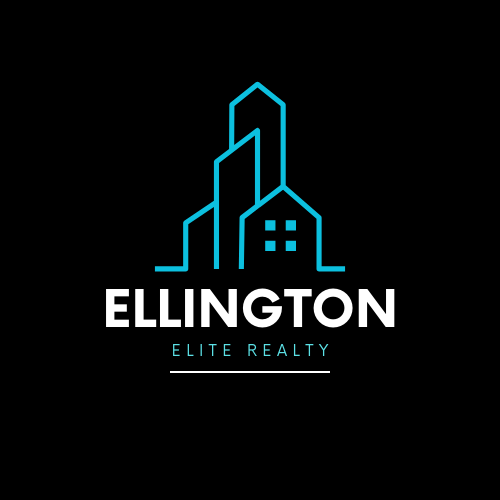
West Pullman: A Historic Chicago Neighborhood in Transition

West Pullman, located on the far south side of Chicago, is a community area with a rich industrial heritage and a resilient spirit. Originally developed in the late 19th century, this neighborhood has weathered significant changes over the decades and continues to evolve.
Historical Significance
West Pullman was launched in 1891 by the West Pullman Land Association as an industrial and residential subdivision. The area's growth was closely tied to the railroad and manufacturing industries, with the Chicago, West Pullman and Southern Railroad playing a crucial role in connecting local steel production to the broader industrial landscape.
Demographics and Housing
As of 2020, West Pullman had a population of 26,104, representing a 24.9% decrease from 2010. The community is predominantly African American, with 93.39% of residents identifying as such. The median income is $33,898, reflecting the economic challenges the area has faced.
Despite these challenges, West Pullman boasts one of Chicago's higher homeownership rates at 51%. The housing stock is diverse, featuring a mix of historic and more recent constructions.
Community Assets
West Pullman offers several notable amenities:
- Strong network of block clubs, churches, and community groups
- Plentiful transportation options, including Metra access and proximity to major highways
- Multiple parks and recreational facilities, including West Pullman Park with an indoor pool
- The Salvation Army Kroc Community Center, the largest in Illinois
- Exelon Solar Farm, the largest urban solar plant in the U.S.
Ongoing Revitalization
Recent years have seen significant investment in West Pullman:
- A $30 million fire station opened in summer 2021
- New affordable senior housing development
- Habitat for Humanity's ongoing home-building efforts
- Community-led initiatives to rehabilitate brownfields into green spaces
How I Can Help
For Sellers
- Provide comprehensive market analysis to price your property competitively
- Develop targeted marketing strategies highlighting West Pullman's unique features and ongoing revitalization efforts
- Leverage the neighborhood's high homeownership rate to attract potential buyers
For Investors
- Identify emerging investment opportunities, such as the $200 million development project at 115th and Halsted streets2
- Analyze potential in industrial redevelopment, retail spaces, and mixed-use projects5
- Connect you with local community resources and development initiatives like INVEST South/West6
For Buyers
- Navigate the diverse housing options, from historic homes to new constructions
- Provide insights into ongoing community development plans and their potential impact on property values
- Assist in identifying properties that align with your criteria and budget in this evolving market
West Pullman stands at a critical juncture. While facing challenges, the neighborhood's strong community ties, affordable housing stock, and recent investments position it for potential revitalization. As Chicago evolves, West Pullman's rich history and resilient community spirit may well be the foundation for its future growth and prosperity.

